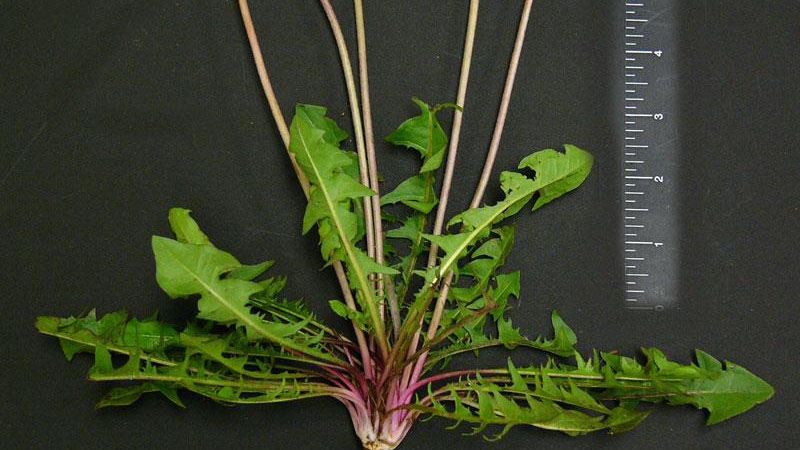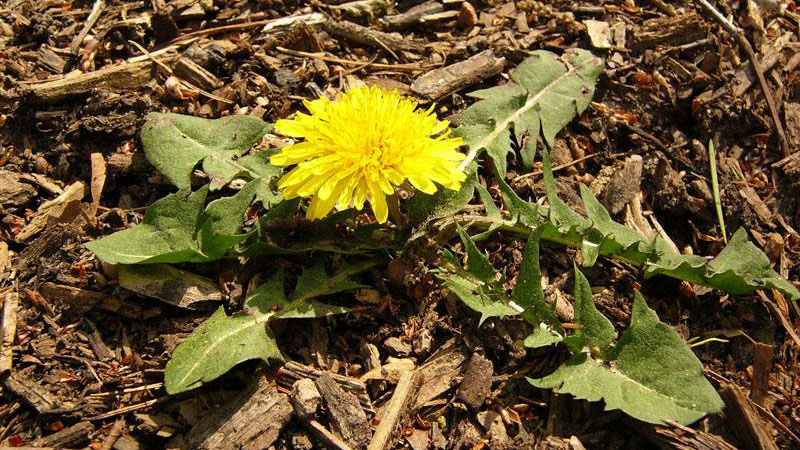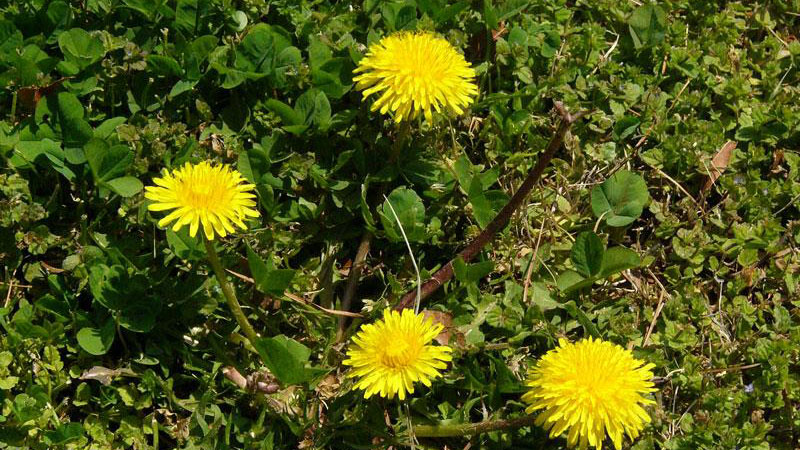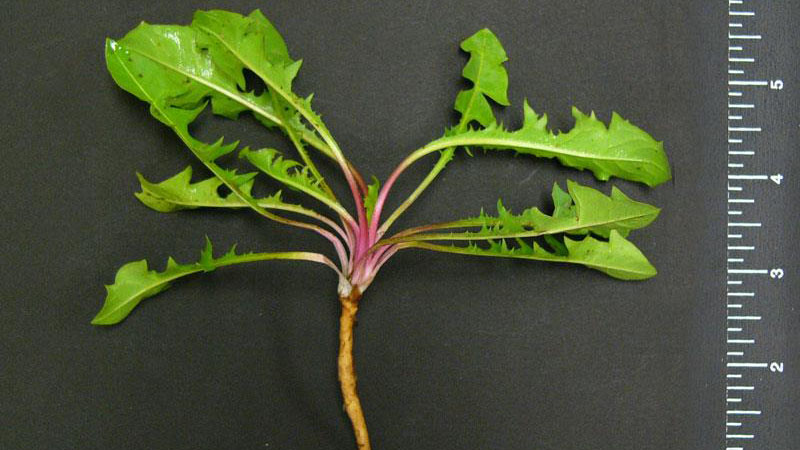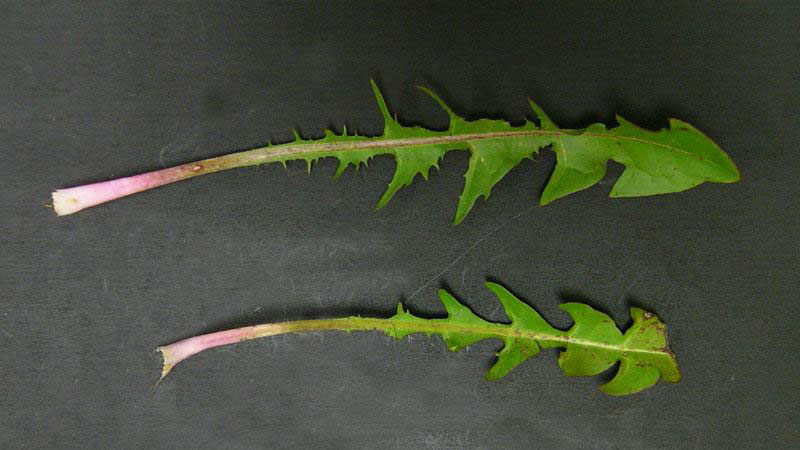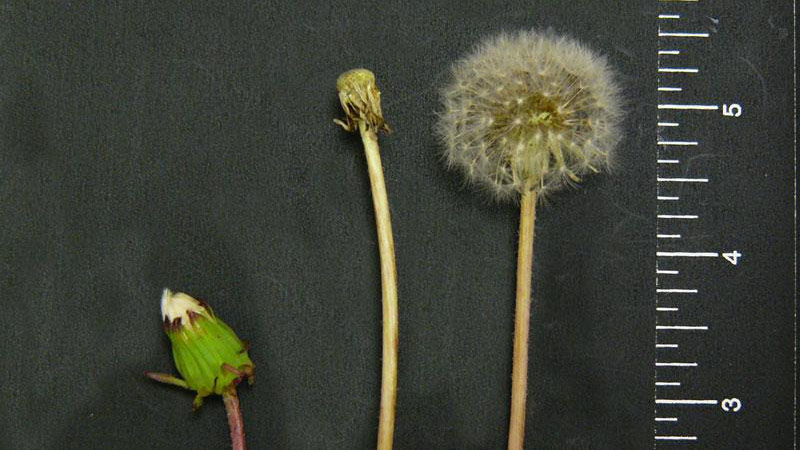Common Dandelion
en Español / em Português
El inglés es el idioma de control de esta página. En la medida en que haya algún conflicto entre la traducción al inglés y la traducción, el inglés prevalece.
Al hacer clic en el enlace de traducción se activa un servicio de traducción gratuito para convertir la página al español. Al igual que con cualquier traducción por Internet, la conversión no es sensible al contexto y puede que no traduzca el texto en su significado original. NC State Extension no garantiza la exactitud del texto traducido. Por favor, tenga en cuenta que algunas aplicaciones y/o servicios pueden no funcionar como se espera cuando se traducen.
Português
Inglês é o idioma de controle desta página. Na medida que haja algum conflito entre o texto original em Inglês e a tradução, o Inglês prevalece.
Ao clicar no link de tradução, um serviço gratuito de tradução será ativado para converter a página para o Português. Como em qualquer tradução pela internet, a conversão não é sensivel ao contexto e pode não ocorrer a tradução para o significado orginal. O serviço de Extensão da Carolina do Norte (NC State Extension) não garante a exatidão do texto traduzido. Por favor, observe que algumas funções ou serviços podem não funcionar como esperado após a tradução.
English
English is the controlling language of this page. To the extent there is any conflict between the English text and the translation, English controls.
Clicking on the translation link activates a free translation service to convert the page to Spanish. As with any Internet translation, the conversion is not context-sensitive and may not translate the text to its original meaning. NC State Extension does not guarantee the accuracy of the translated text. Please note that some applications and/or services may not function as expected when translated.
Collapse ▲Description
Dandelion (Taraxacum officinale) is a perennial weed with a thick, fleshy taproot and no stem. Leaves grow in a rosette from the crown. They are long, narrow, irregularly lobed, and lance shaped. The lobed tips are often opposite each other and pointing toward the crown. Leaves are often purple at the base and leaves and flower stalks emit a milky white sap when broken. The deep golden yellow flowers are borne in heads on long hollow stalks. Blossoms soon mature into spherical clusters of whitish fruits, like white puffballs, composed of parachute-like seeds. Seeds are carried by the wind. Cat's ear dandelion is similar to common dandelion. Common dandelion plants can be distinguished because young leaves do not have hairs, whereas cat's ear dandelion leaves have dense hairs.
Cultural Control
Perennial broadleaf turf weeds are capable of living more than two years. They thrive in weak, thin turf; golf fairways and roughs; home lawns; playfields; and industrial grounds. Proper turf maintenance is the key to control of this weed. First, select adapted turfgrass cultivars for your area and then properly fertilize, mow, and water to encourage dense growth.
Species Data
- GROWTH SEASON / LIFE CYCLE
- perennial weed
- GROWTH HABIT
- LEAFLET NUMBER
- one
- LEAF MARGIN
- irregular border; lobes point back toward base of plant
Figure 8
- irregular border; lobes point back toward base of plant
- LEAF HAIRS
- older leaves may have hairs
- LEAF / LEAFLET SHAPE
- young leaves are oval to spatulate; older leaves are lance-shaped or oblong
- LEAF WIDTH
- 1⁄2 - 1 inch
- LEAF VENATION
- pinnate
Figure 9
- pinnate
- LEAF ARRANGEMENT
- whorled or basal rosette
- ROOT TYPE
- taproot
- FLOWER COLOR




